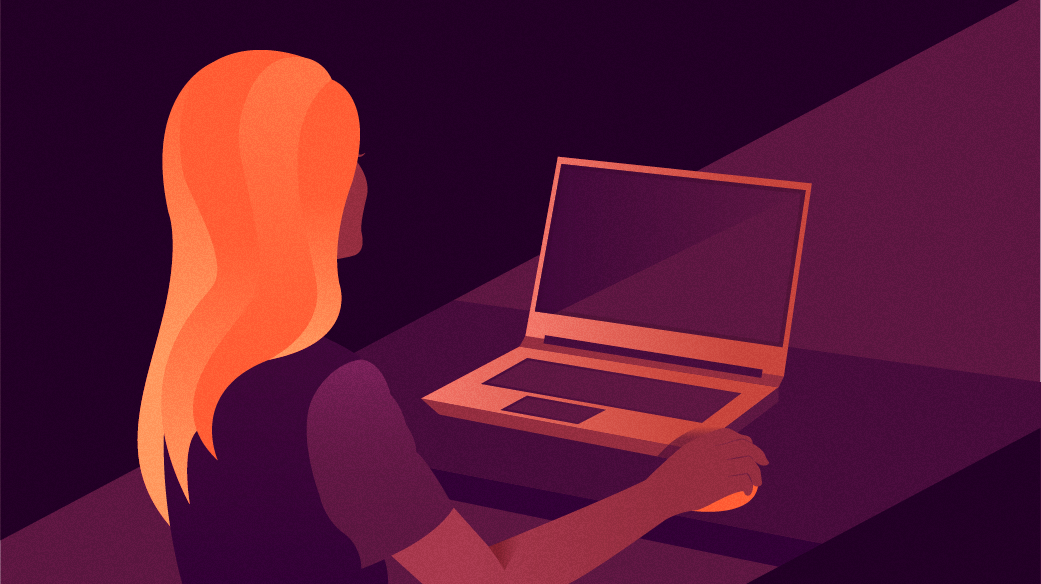I work remotely and have done so on and off for a good percentage of the past 10 to 15 years. I'm lucky that I'm in a role where this suits my responsibilities, and in a company that is set up for it. Not all roles—those with many customer onsite meetings or those with a major service component—are suited to remote working, of course. But it's clear that an increasing number of organisations are considering having at least some of their workers doing so remotely.
I've carefully avoided using the phrase either "working from home" or "working at home" above. I've seen discussions that the latter gives a better "vibe" for some reason, but it's not accurate for many remote workers. In fact, it doesn't describe my role perfectly, either. My role is remote, in that I have no company-provided "base"—with a chair, desk, meeting rooms, phone, internet access, etc.—but I don't spend all of my time at home. I spend maybe one-and-a-half weeks a month, on average, travelling—to attend or speak at conferences, to have face-to-face ("F2F") meetings, etc. During these times, I'm generally expected to be contactable and to keep at least vaguely up-to-date on email—although the exact nature of the activities in which I'm engaged, and the urgency of the contacts and email, may increase or reduce my engagement.
Open source
One of the reasons I can work remotely is that I work for a company that works with open source software. I'm currently involved in a very exciting project called Enarx (which I announced in May). We have contributors in Europe and the US and interest from further abroad. Our stand-ups are all virtual, and we default to turning on video. At least two of our regulars participate from a treadmill, I will typically stand at my desk. We use GitHub for all our code (it's all open source, of course), and there's basically no reason for us to meet in person very often. We try to celebrate together—agreeing to get cake, wherever we are, to mark special occasions, for instance—and have laptop stickers to brand ourselves and help team unity. We have a shared chat and IRC channel and spend a lot of time communicating via different channels. We're still quite a small team, but it works for now.
If you're looking for more tips about how to manage, coordinate, and work in remote teams, particularly around open source projects, you'll find lots of information online.
The environment
When I'm not travelling around the place, I'm based at home. There, I have a commute—depending on weather conditions—of around 30-45 seconds, which is generally pretty bearable. My office is separate from the rest of the house (set in the garden) and outfitted with an office chair, desk, laptop dock, monitor, webcam, phone, keyboard, and printer; these are the obvious work-related items in the room.
Equally important, however, are the other accoutrements that make for a good working environment. These will vary from person to person, but I also have:
- A Sonos attached to an amplifier and good speakers
- A sofa, often occupied by my dog and sometimes one of the cats
- A bookshelf where the books that aren't littering the floor reside
- Tea-making facilities (I'm British; this is important)
- A fridge filled with milk (for the tea), beer, and wine (don't worry: I don't drink these during work hours, and it's more that the fridge is good for "overflow" from our main kitchen one)
- Wide-opening windows and blinds for the summer (we have no air-conditioning; I'm British, remember?)
- Underfloor heating and a wood-burning stove for the winter (the former to keep the room above freezing until I get the latter warmed up)
- A "NUC" computer and monitor for activities that aren't specifically work-related
- A few spiders
What you have will depend on your work style, but these "non-work" items are important (bar the spiders, possibly) to my comfort and work practice. For instance, I often like to listen to music to help me concentrate; I often sit on the sofa with the dog and cats to read long documents; and without the fridge and tea-making facilities, I might as well be American.1
My rules
How does it work, then? Well, first of all, most of us like human contact from time to time. Some remote workers rent space in a shared work environment and work there most of the time; they prefer an office environment or don't have a dedicated space for working at home. Others will mainly work in coffee shops or on their boat,2 or they may spend half of the year in the office and the other half working from a second home. Whatever you do, finding something that works for you is important. Here's what I tend to do, and why:
- I try to have fairly rigid work hours. Officially (and as advertised on our intranet for the information of colleagues), I work 10am-6pm UK time. This gives me a good overlap with the US (where many of my colleagues are based) and time in the morning to go for a run or a cycle and/or to walk the dog (see below). I don't always manage these times, but when I flex outward in one direction, I attempt to pull some time back the other way, as otherwise I know I'll just work ridiculous hours.
- I ensure that I get up and have a cup of tea. In an office environment, I would typically be interrupted from time to time by conversations, invitations to get tea, physical meetings in meeting rooms, lunch trips, etc. This doesn't happen at home, so it's important to keep moving, or you'll be stuck at your desk frequently for three to four hours at a time. This isn't good for your health or often for your productivity (and I enjoy drinking tea).
- I have an app that tells me when I've been inactive. This is new for me, but I like it. If I've basically not moved for an hour, my watch (could be a phone or laptop) tells me to do some exercise. It even suggests something, but I'll often ignore that and get up for some tea, for instance.3
- I use my standing desk's up/down capability. I try to vary my position through the day from standing to sitting and back again. It's good for posture and keeps me more alert.
- I walk the dog. If I need to get out of my office and do some deep thinking (or just escape a particularly painful email thread!), I'll take the dog for a walk. Even if I'm not thinking about work for the entire time, I know it'll make me more productive, and if it's a longish walk, I'll make sure I compensate by spending extra time working (which is always easy).
- I have family rules. The family knows that when I'm in my office, I'm at work. They can message me on my phone (which I may ignore) or may come to the window to see if I'm available, but if I'm not, I'm not. Emergencies (lack of milk for tea, for example) can be negotiated on a case-by-case basis.
- I go for tea (and usually cake) at a cafe. Sometimes, I need to get into a different environment and have a chat with actual people. For me, popping into the car for 10 minutes and going to a cafe is the way to do this. I've found one that makes good cakes (and tea).
These rules don't describe my complete practice, but they are an important summary of what I try to do and what keeps me (relatively) sane. Your rules will be different, but I think it's really important to have rules and to make it clear to yourself, your colleagues, your friends, and your family what they are. Remote working is not always easy and requires discipline—but that discipline, more often than not, is in giving yourself some slack, rather than making yourself sit down for eight hours a day.
1. I realise that many people, including many of my readers, are American. That's fine: you be you. I actively like tea, however (and know how to make it properly, which seems to be an issue when I visit the US).
2. I know a couple of these: lucky, lucky people!
3. Can you spot a pattern?
This article was originally published on Alice, Eve, and Bob and is reprinted with the author's permission.







2 Comments